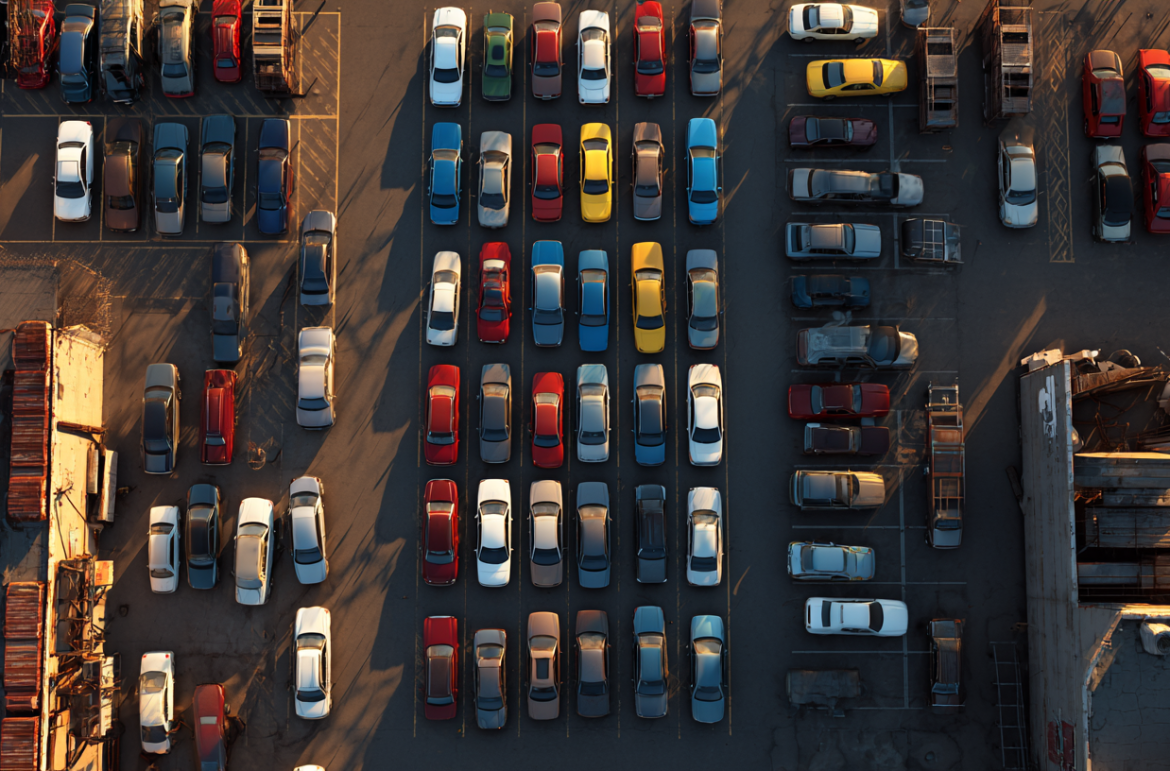Digital vs. Lane Auctions: Which Wins in 2025?

The auto auction world is changing fast. What was once dominated by bustling auction lanes filled with dealers, buyers, and the sound of the gavel has shifted online. In 2025, digital platforms have become the go-to for buyers worldwide, from seasoned dealers to individuals looking for their next vehicle. But with both options still available, the question remains: which is better: traditional lane auctions or digital platforms? In this edition of Under the Hood, let’s break down the advantages and challenges of each and see why more buyers are turning to AutoBidMaster’s digital auto-bidding tools to stay ahead.
The Traditional Lane Advantage
For decades, auction lanes were the heartbeat of the used and salvage car business. Buyers would line up to inspect vehicles, listen to the auctioneer, and make split-second decisions.
Strengths of lane auctions:
- Physical inspection: Buyers can walk around the vehicle, peek under the hood, and get a “gut feel” before placing a bid.
- Dealer networking: Auction lanes are as much about relationships as vehicles. Deals can happen off the block, and contacts often lead to future opportunities.
- Excitement factor: The atmosphere of bidding in person creates urgency and adrenaline that some buyers enjoy.
Limitations of lane auctions:
- Location-bound: You must physically be there, often traveling long distances.
- Time-consuming: Attending an auction can take a full day for just a handful of vehicles.
- Limited inventory: You’re restricted to the cars available at that specific auction.
- Risk of overpaying: The heat of live competition can push bidders to overspend.
While lanes still hold value for dealers who want direct inspection and personal connections, they no longer offer the reach or efficiency modern buyers demand.
The Digital Auction Revolution
Digital platforms have reshaped how vehicles are bought and sold. In 2025, online auto auctions attract international audiences who can bid on U.S. inventory from anywhere in the world.
Why digital auctions win:
- Global access: Buyers in Europe, Asia, or Latin America can compete for U.S. salvage vehicles without leaving home.
- Massive inventory: Instead of a few hundred cars, digital platforms offer thousands updated daily.
- Efficiency: Search filters, condition reports, and photos mean you can find, evaluate, and bid in minutes.
- Convenience: No travel costs, no waiting — just log in and bid.
- Transparency: Online records provide auction history, detailed vehicle data, and consistent processes.
For today’s buyers, who need speed, scale, and global reach, digital platforms have moved from being a convenient option to becoming the industry standard.
Auto-Bidding: The Game-Changer
One of the biggest advantages of digital auctions is automation. AutoBidMaster’s auto-bid feature lets buyers set a maximum price and step back while the system bids on their behalf.
Benefits of auto-bidding:
- Prevents overpaying: You set your ceiling and never go beyond your budget.
- Removes emotional bias: No more bidding wars driven by adrenaline.
- Bids 24/7: Time zones don’t matter — your auto-bid is active whether you’re awake or asleep.
- Manages multiple auctions: Place bids on several vehicles simultaneously and let the system do the work.
This is especially valuable for international buyers who can’t always be online during live auctions. Instead of missing opportunities, they can rely on auto-bidding to stay competitive.
Market Forces Driving the Shift
The rise of digital platforms isn’t just about convenience – it’s tied to bigger industry changes.
- Surplus inventory: With manufacturers pushing out record volumes of vehicles, dealers rely on auctions to clear space. Digital platforms move that inventory faster.
- Used car demand: As new car prices rise, more buyers turn to salvage and used vehicles for affordable options.
- Consumer comfort online: Post-pandemic, buyers are more willing to purchase vehicles sight unseen if the platform provides reliable data.
- Global buyers: Importers seek access to U.S. salvage markets, something only digital platforms like AutoBidMaster can deliver.
Together, these trends make digital auctions not only popular but essential for staying competitive.
A Tale of Two Buyers
To illustrate the difference, consider two hypothetical buyers in 2025:
- Lane Buyer: Travels 200 miles to a local auction, spends the day walking the lot, inspects 30 cars, and bids on three. He wins one, but the travel and time add costs.
- Digital Buyer with AutoBidMaster: Logs in at home, searches 2,000 cars with filters, and sets auto-bids on five. While at work, two bids run automatically — one wins at a fair price, without the buyer ever lifting a hand.
The outcome? Both get cars, but the digital buyer saves time, expands choice, and keeps costs predictable.
The Bottom Line
Traditional lane auctions still hold a place in the industry, especially for buyers who value in-person inspections and local networking. But in 2025, digital platforms are redefining how cars are bought and sold — faster, more transparent, and more accessible than ever before.
With AutoBidMaster’s auto-bid feature, buyers gain a tool that puts them in control, removes the risks of emotional overspending, and opens the door to thousands of vehicles daily.
Ready to take the smarter path? Experience the efficiency of auto-bidding with AutoBidMaster today and see why digital auctions are winning in 2025.
- Why a Used Nissan Altima Still Delivers Great Value - December 5, 2025
- Buying Cars at Auction in Florida: What Every Bidder Should Know - December 3, 2025
- How to Calculate Salvage Value Car Costs Before You Bid - December 1, 2025